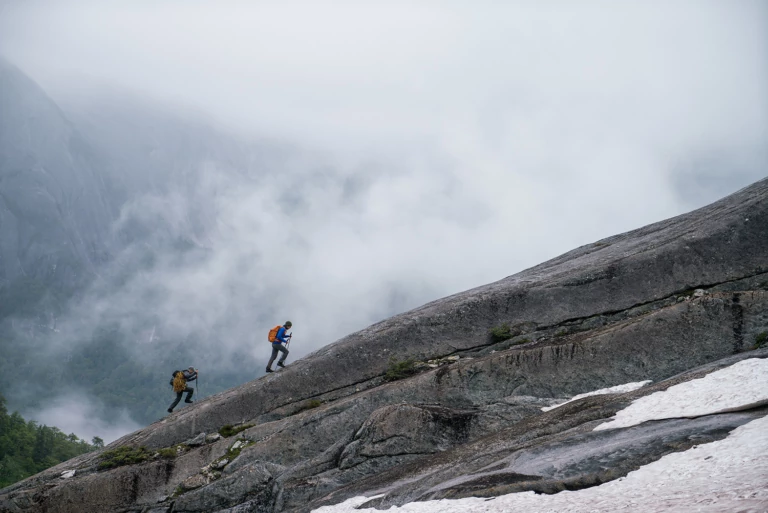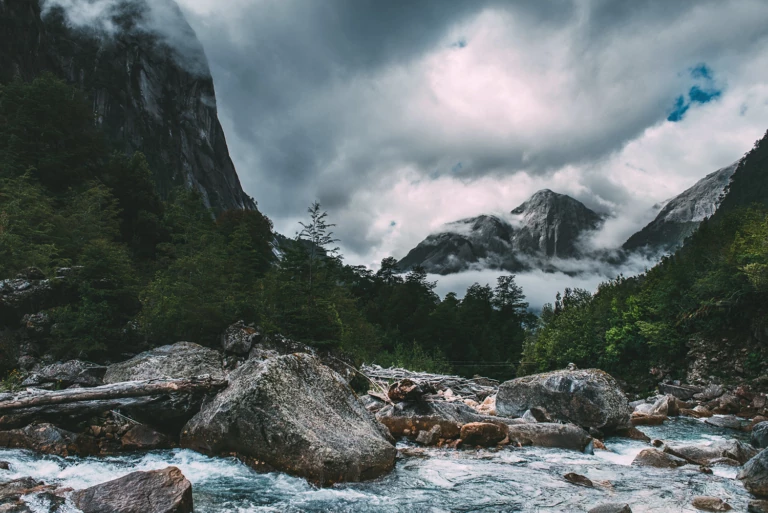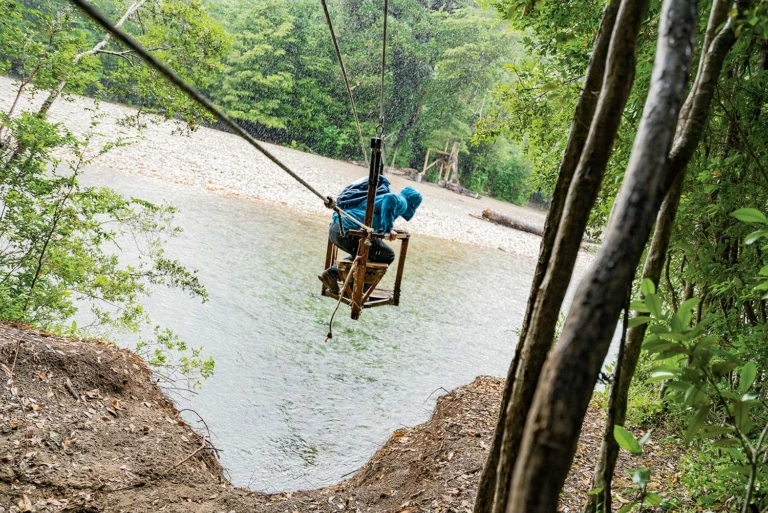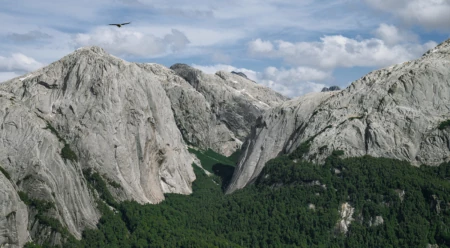We Haven’t Messed Up Cochamó Yet—How Can We Keep It That Way?
What can I say about Cochamó that hasn’t already been said of a thousand other places before? It’s beautiful, it’s magical, it’s special?
How about this: We haven’t messed it up yet.
There are lots of beautiful, magical, special places in the world. What we humans tend to do when we find one is exploit it for its resources. If it has trees, then timber. Rocks, then minerals. Rivers, hydroelectric power. If the place is so incredible that we can’t fathom desecrating it by means of industry, then we call it a park, and mess it up in other ways. Gift shops, tour buses, smog-coughing cars and other horrors. You know, all the things Ed Abbey railed about: industrial tourism.
Cochamó is still protected against all that. There are no roads, cars, street lamps or power lines. Rivers still pour from summits to sea unabated. The water is so clean and pure you can drink it straight from the source. There are more kinds of moss and lichen than I could ever name growing in the forest. There are still countless groves of old growth alerce (think Patagonian giant sequoia), ulmo, mañio, and coihue towering overhead. There may be more folks on the trails than there once were, but you can still step a few paces into the woods and have a full-blown wilderness experience minutes from your tent.

Robbie Phillips and Ian Cooper hiking to the top of La Junta. Cochamo Valley, Chile. Photo: Drew Smith
In other words, the place is special. More special to me, personally, than anywhere else on the planet. And I think the reason I feel that way is because Cochamó needs us.
You see, Cochamó is not a national park, or a UNESCO World Heritage site. No government agency or billionaire or NGO has intervened to save the place. Cochamó is not just the most beautiful place I’ve ever been. It’s somewhere with an uncertain future. Somewhere I can help.
So I’m stepping up to the plate.
And I’m definitely not the first person to come to bat for Cochamó. I’m simply the latest in a long line of proud conservationists who love and fight for this special place. In 2009, local activists successfully lobbied then-president Michelle Bachelet to prevent a series of hydroelectric dams from being built on the Rio Cochamó. In 2016, they were fighting for the fate of the next river south, the Rio Manso. Again, grassroots efforts won the day, and the hydro project slated for that watershed was shut down, too.
But it’s not just the threat of dams that plagues the area. Major questions loom in this collection of private land parcels as visitation continues to grow. How many people is too many? What do we do with human excrement? Who will build and maintain the trails? Who will come to the rescue when someone gets hurt?
The answer to that question, as long as I’ve been going there, has been simple. Volunteers. In other words: local horse packers, campground hosts and other individuals who already have jobs. Jobs that keep them very busy.

Cochamo valley, Chile. Photo: Drew Smith
Over the past few years, I’ve become part of a growing group of concerned individuals who actively seek out ways to pitch in. We’ve helped dig toilets, carry out litter, maintain trails and support rescue efforts.
It’s all been very ad hoc and unofficial. But more people are coming each year, and the toll that visitation takes on the resources of Cochamó is growing exponentially.
So we’re organizing.
The time has come to share our vision. To act as force multipliers for the incredible efforts that local organizers, advocates and activists have been carrying out for years.

Ain’t no river wide enough. The Cochamó Valley is hardly easy to get to, but that hasn’t stopped a massive increase in determined visitors over the last several years. Photo: Mikey Schaefer
And you can help. In fact, we need your help. We’re asking you to join us.
We created Friends of Cochamó in 2018 to conserve the natural and cultural resources of the area through stewardship work and education. We have a handful of cool projects that we’re really excited to undertake this coming season (North American winter, aka austral summer). Our board of directors come from Argentina, Chile and the United States, and have a combined 50-plus seasons of experience in the Cochamó Valley.
You may not have been to Cochamó yet, but I hope one day you will go. It won’t be long before people speak of it in the same breath as places like Torres del Paine and Patagonia National Park. But while the Chilean government can be counted on to protect those destinations, protecting Cochamó is on all of us. The time to lay a foundation for sustainable tourism and ecologically sound practices and norms for visitors to abide by is now.
And if you have been to Cochamó, then you already know all of this to be true. You’ve seen how special it is for yourself. And you know how delicate it is, too.
To learn more about our organization, please visit us at friendsofcochamo.org. There are donation links, as well as contact prompts so you can learn how to get involved. From all of us (and from Cochamó), thank you.

